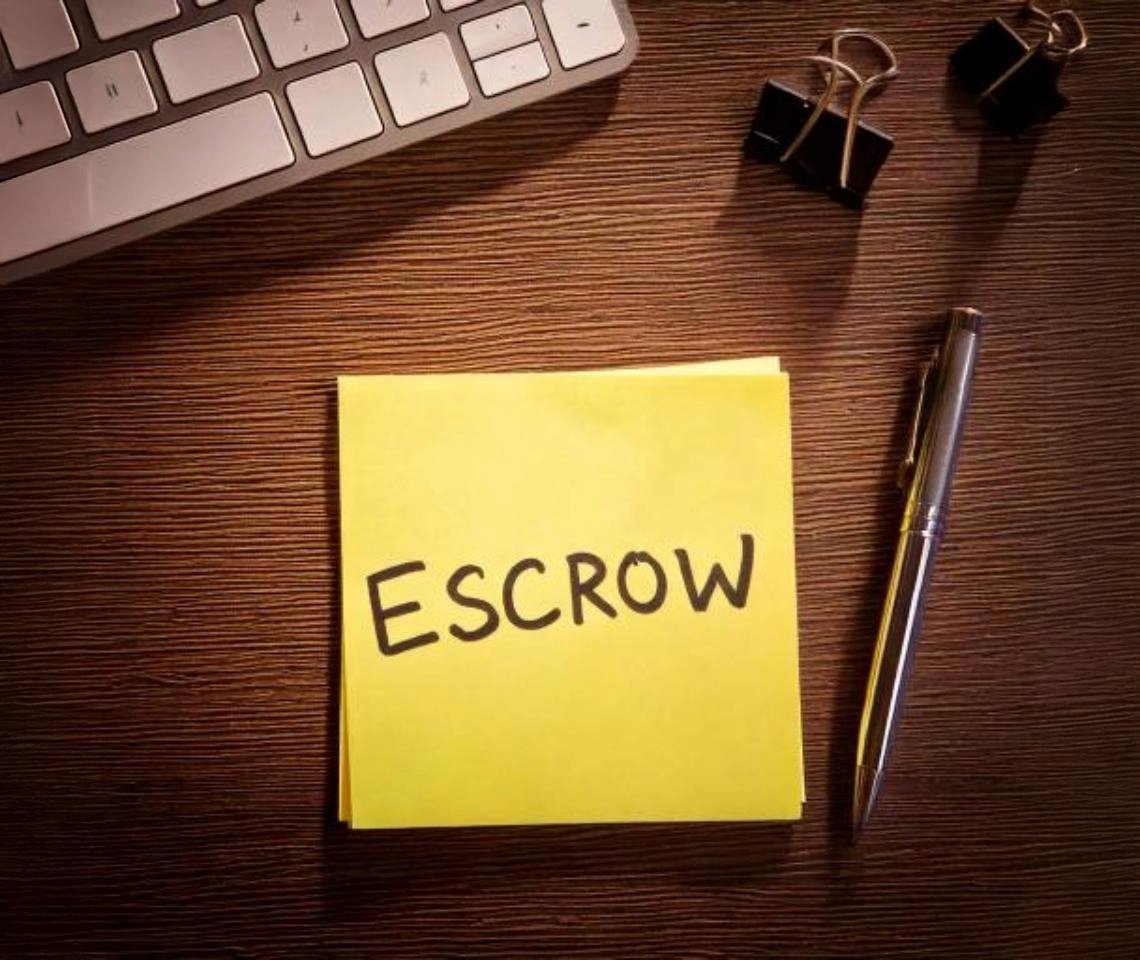Escrow is a financial arrangement where a neutral third party holds assets or funds on behalf of two parties in a transaction. Escrow facilitates transactions by managing the disbursement of funds and documents. It protects both parties by ensuring that all contractual requirements are met before the funds are transferred. Escrow is used in a variety of situations, including buying and selling real estate. It is a legal arrangement that involves a neutral third party, called an escrow agent or escrow holder, holding money or items until a specific condition is met or an event occurs. This protects all parties involved from fraud or nonpayment.
What are the steps in escrow process?
Opening escrow:
This is the first step and involves collecting details about the parties involved, the home price, and other relevant information.
Title search and insurance:
The escrow officer works with a title company to ensure the seller owns the property free of liens or encumbrances. Title insurance protects against title defects.
Preparing escrow instructions:
These instructions define the conditions and events that must take place, and how the escrow agent will release the assets, documents, or money held in escrow.
Appraisal:
The appraised value of the property determines how much the lender will finance.
Final walkthrough:
The buyer visits the home before closing if all goes well with the appraisal and inspection.
Close of escrow:
This is when everything is finalized. The funds held in escrow and the loan amount are transferred to the seller, and all outstanding third-party costs are settled.




